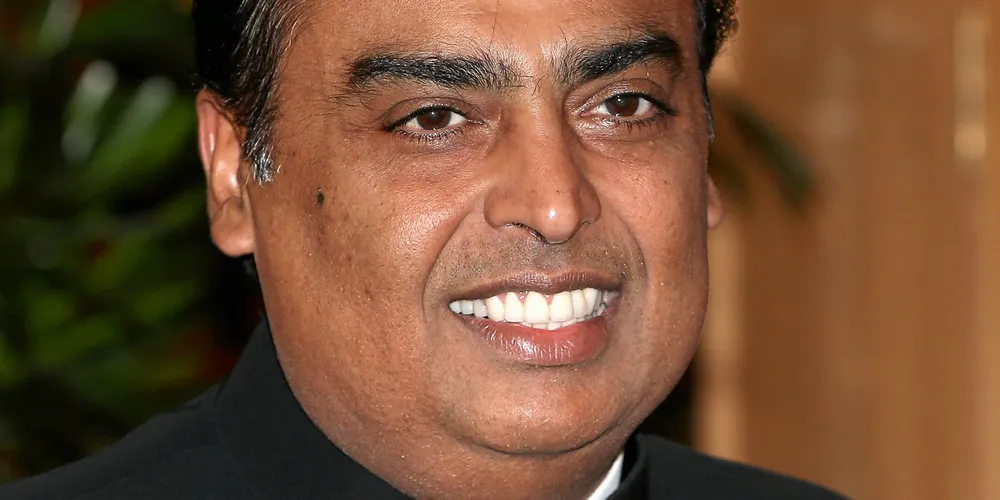Asia's richest man to build gigafactory to mass-produce Stiesdal’s new low-cost hydrogen electrolyser
Mukesh Ambani, one of the world's richest men, makes swift move to snap up wind power pioneer's latest green technology breakthrough

Mukesh Ambani, one of the world's richest men, makes swift move to snap up wind power pioneer's latest green technology breakthrough
